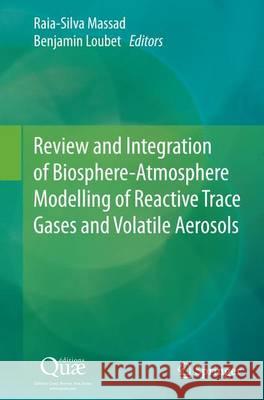Review and Integration of Biosphere-Atmosphere Modelling of Reactive Trace Gases and Volatile Aerosols » książka
topmenu
Review and Integration of Biosphere-Atmosphere Modelling of Reactive Trace Gases and Volatile Aerosols
ISBN-13: 9789402404234 / Angielski / Miękka / 2016 / 235 str.
Review and Integration of Biosphere-Atmosphere Modelling of Reactive Trace Gases and Volatile Aerosols
ISBN-13: 9789402404234 / Angielski / Miękka / 2016 / 235 str.
cena 401,58
(netto: 382,46 VAT: 5%)
Najniższa cena z 30 dni: 385,52
(netto: 382,46 VAT: 5%)
Najniższa cena z 30 dni: 385,52
Termin realizacji zamówienia:
ok. 22 dni roboczych
Dostawa w 2026 r.
ok. 22 dni roboczych
Dostawa w 2026 r.
Darmowa dostawa!
Kategorie:
Kategorie BISAC:
Wydawca:
Springer
Język:
Angielski
ISBN-13:
9789402404234
Rok wydania:
2016
Wydanie:
Softcover Repri
Ilość stron:
235
Oprawa:
Miękka
Wolumenów:
01











